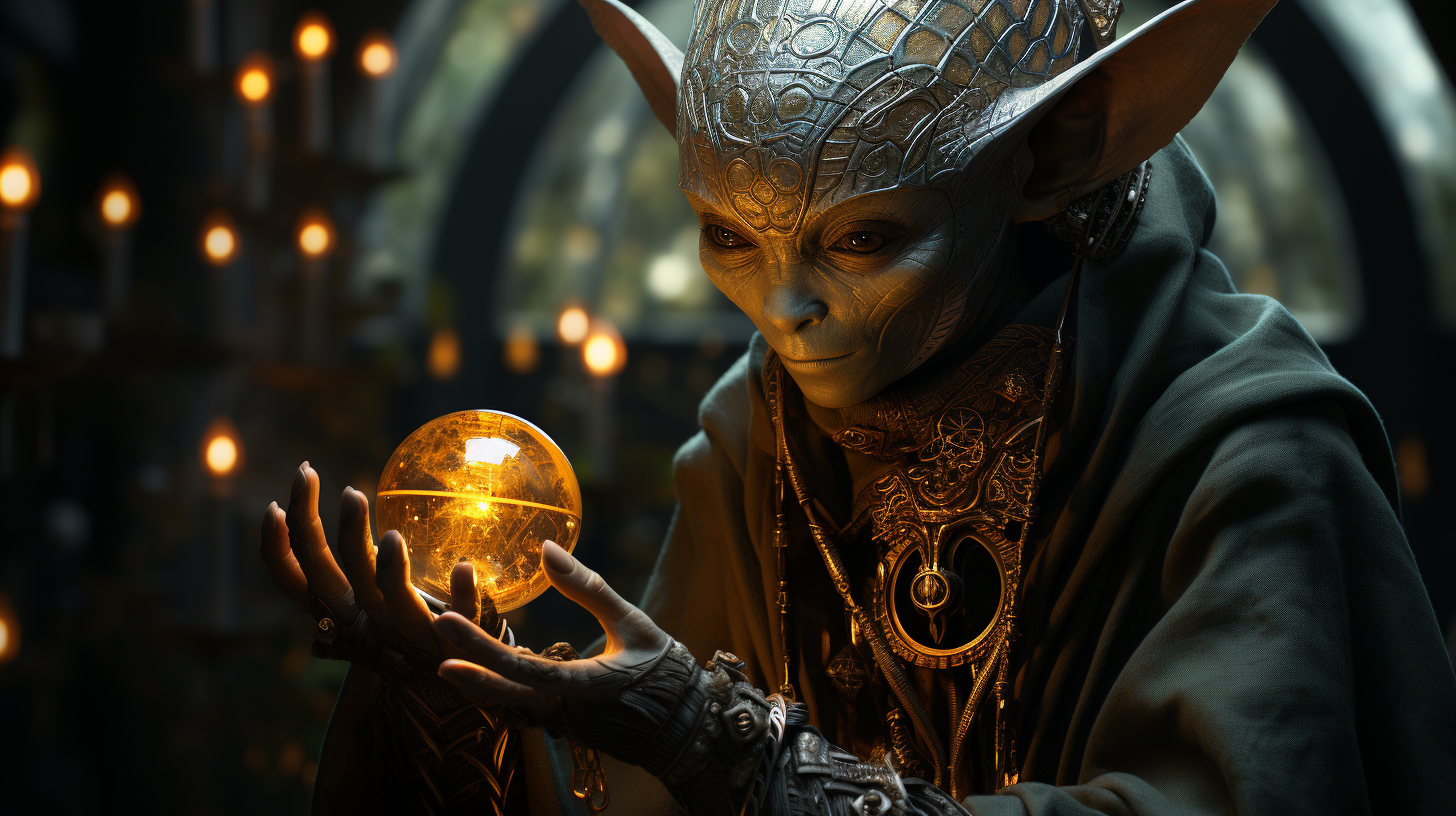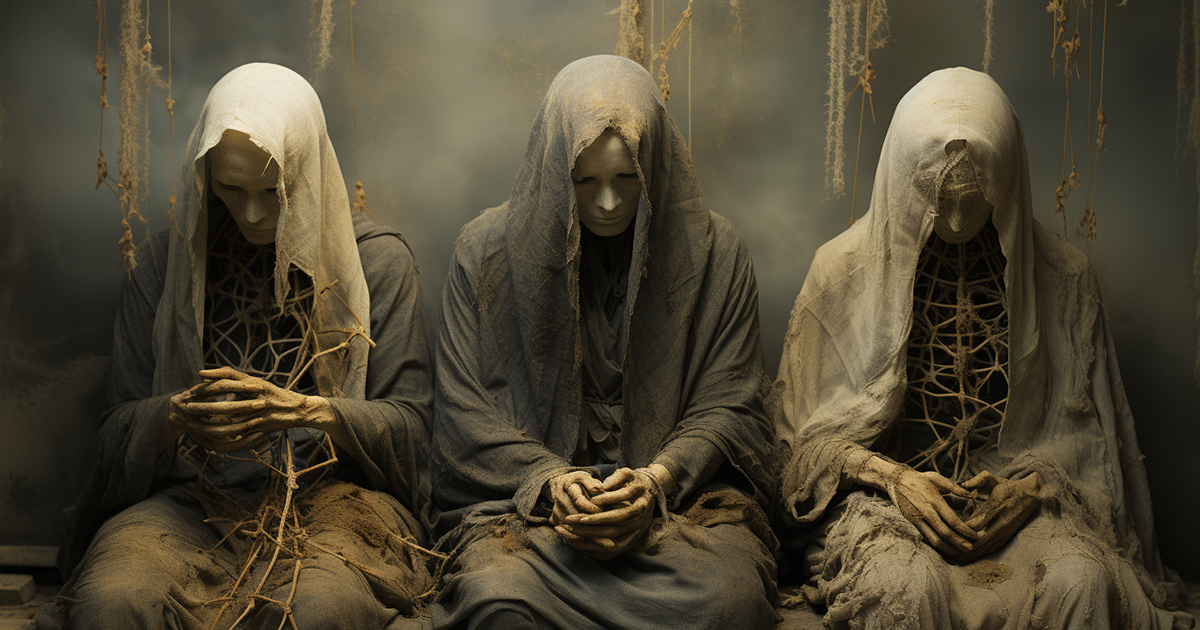Introduction
In the serene landscapes of Mount Yudono, Japan, within the ancient walls of the Dainichibo Temple, lies a remarkable testament to human devotion and spiritual transcendence—the mummy of the venerated Buddhist monk, Daijuku Botasutu Shinnyokai Shonin. This enigmatic figure, referred to as sokushinbutsu, or a living Buddha, embarked on a profound journey of self-mummification, a ritual practiced by monks in the Shingon sect of Buddhism during the 11th to 19th centuries. As we explore this fascinating practice and its motivations, we delve into a realm where life, death, and higher consciousness intertwine.
The Unveiling of an Ancient Tradition
Daijuku Botasutu Shinnyokai Shonin, a name etched into the annals of time, achieved a unique form of enlightenment through a process that would puzzle many—a deliberate, years-long endeavor of self-mummification. Astonishingly, this process began six years before Shonin’s eventual passing at the age of 96. The Shingon monks, hailing from northern Japan, embarked on this journey as an act of self-mortification, akin to a form of spiritual suicide.

The intricate self-mummification process was divided into two grueling phases. The initial phase spanned approximately 1,000 days and involved a strict low-calorie diet, symbolizing a profound detachment from earthly desires. The second phase introduced the consumption of urushi tea, a highly toxic elixir believed to lacquer the body’s tissues and organs, preserving them for the journey beyond life.
A Confluence of Mysticism and Transformation
The urushi tea, paradoxically lethal yet spiritually potent, imbued the practitioners with an ethereal aura, rendering their flesh inedible even to maggots—an eerie testament to the profound transformation these monks underwent. The final act took place within a small chamber, sealed except for a reed allowing a trickle of air. With a bell within reach, the monk’s meditation chamber became a cocoon of isolation and introspection.
After 1,000 days, the chamber would be unsealed, revealing the monk’s fate. Those who had achieved self-mummification were revered as living Buddhas, dressed in sacred robes, and enshrined in temple halls, while those who did not undergo this unique transformation were subjected to an exorcism before being laid to rest. Remarkably, only 24 monks out of hundreds attempting sokushinbutsu succeeded, raising the question: what could have driven these devoted followers to endure such extraordinary suffering?
A Bridge to Higher Realms
Embedded within the heart of this esoteric practice lies the belief in reincarnation—a central tenet of Buddhism. According to the Shingon sect, those who achieved self-mummification transcended the cycle of rebirth, ascending to higher realms of existence. For these monks, this journey was not a passage into death, but rather a state of suspended animation—a realm between the physical and the spiritual.
Their bodies, preserved as vessels for this transcendental state, became gateways to an alternate dimension of reality—a continuation of life beyond the boundaries of human comprehension. This belief echoed the teachings of Siddhartha Gautama, the historical Buddha, who demonstrated an exquisite balance between human attributes and extraordinary powers, often described as semi-divine or even extraterrestrial.
A Glimpse into the Cosmic Unknown
Could the self-mummified monks of Japan have been inspired by the life of Siddhartha Gautama? Is it possible that their quest for higher existence through self-mummification was driven by a longing for the extraordinary, a connection to cosmic origins? As Siddhartha Gautama exhibited abilities beyond the ordinary, some speculate that the first Buddha might have had extraterrestrial origins—a notion that could have influenced the Shingon monks’ aspirations.
Video:
Conclusion
The legacy of the self-mummified monks of Japan remains an enigma—a testament to the profound lengths individuals will traverse in their pursuit of spiritual enlightenment. The intricate and arduous process they embraced, fueled by the belief in suspended animation and higher realms, provides a tantalizing glimpse into the intersection of mortality and mysticism. In a world where the boundary between life and death is blurred, the journey of these devoted monks stands as a testament to the limitless depths of human devotion and the eternal quest for understanding the cosmos and our place within it.

19 thoughts on “Journey to Enlightenment: The Enigmatic Self-Mummified Monks of Japan”
Comments are closed.